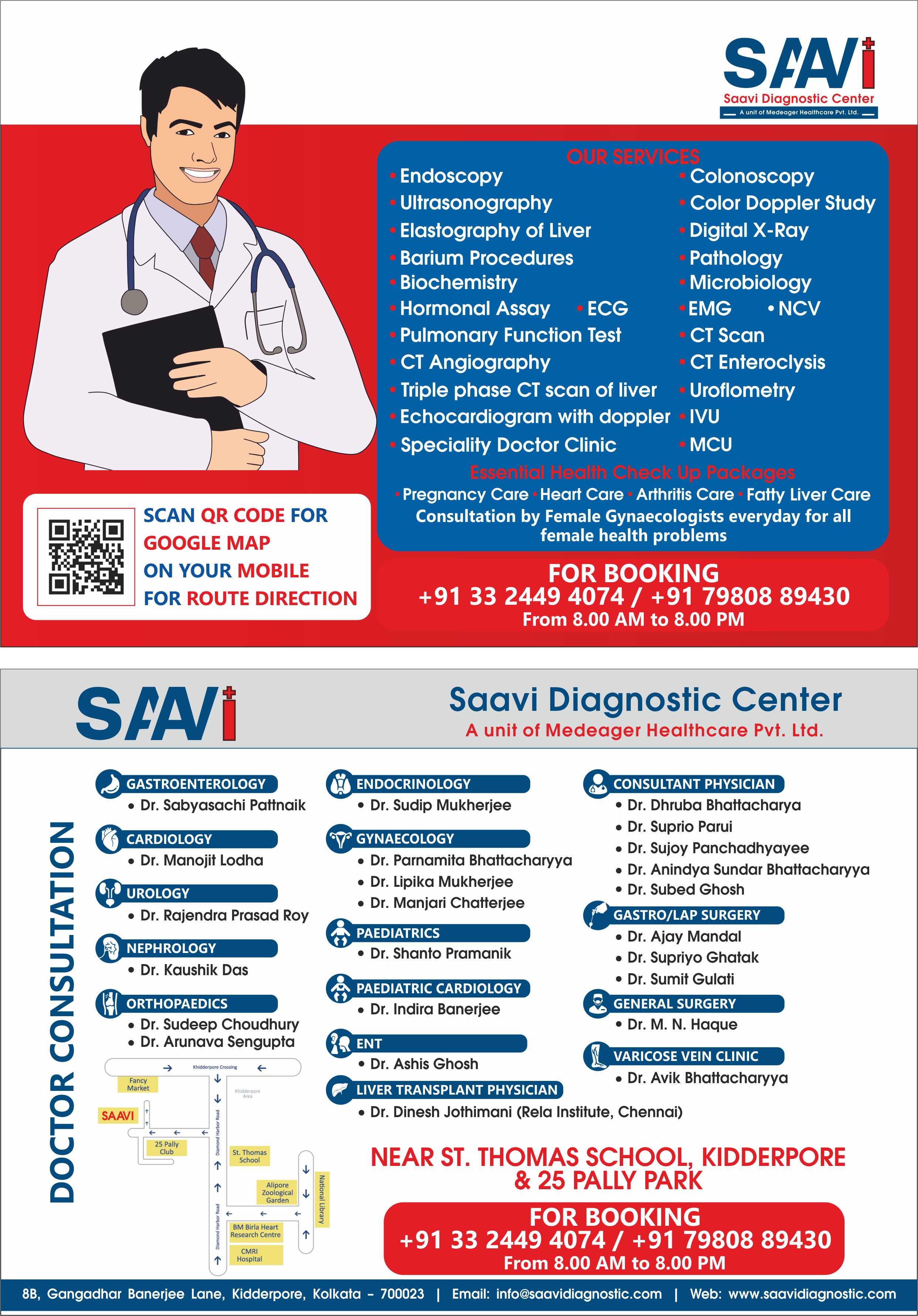
GENERAL HEALTH CHECK UP
Special Price: 1400/-
SENIOR CITIZEN HEALTH CHECK UP
Special Price: 2100/-
DIABETIC CHECK UP
Special Price: 2200/-
CARDIAC CHECK UP
Special Price: 5300/-
ORTHOPAEDIC HEALTH CHECK UP
Special Price: 3600/-
MASTER HEALTH CHECK UP
Special Price: 6300/-


